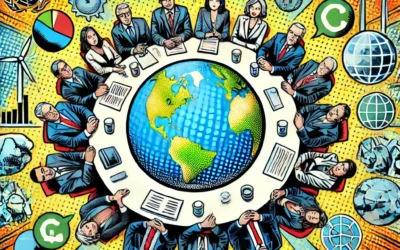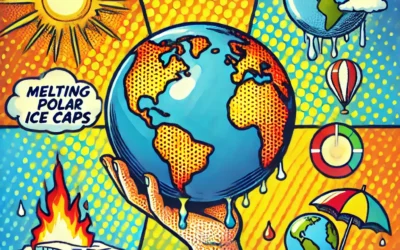The Lifecycle of Packaging Materials
Understanding the environmental impact of the packaging begins with examining the lifecycle of packaging materials. From raw material extraction to production, transportation, usage, and disposal, each stage has environmental consequences. Conventional packaging materials like plastic, aluminum, and glass often require significant energy and resources to produce, leading to a high carbon footprint. Additionally, many of these materials are not biodegradable, resulting in long-lasting environmental damage when they end up in landfills or the ocean.
In contrast, sustainable packaging options aim to minimize these impacts by using materials that are either recyclable, biodegradable, or made from renewable resources. For example, biomaterials like plant-based plastics and recycled paper reduce reliance on fossil fuels and decrease the overall environmental impact of the packaging.
Plastic Pollution and its Consequences
One of the most concerning aspects of the environmental impact of the packaging is plastic pollution. Plastics are pervasive in packaging due to their durability, light weight, and low cost. However, these same properties make them highly persistent in the environment, where they can take hundreds of years to decompose. Plastic pollution has devastating effects on wildlife, marine ecosystems, and human health, as microplastics are now found in food, water, and even the air we breathe.
To combat this issue, many companies are turning to alternative packaging materials, such as biodegradable plastics, and are investing in sustainable packaging innovations that reduce or eliminate the use of conventional plastics. Consumers, too, play a critical role by choosing products with minimal or plastic-free packaging.
Recycling Challenges and Opportunities
Recycling is often touted as a solution to the environmental impact of the packaging, but it comes with its own set of challenges. While recycling can reduce the need for virgin materials and lower greenhouse gas emissions, not all packaging materials are easily recyclable. For instance, multi-layered packaging, which combines different materials, is often difficult to process in standard recycling facilities.
To address these challenges, companies are developing design for recycling strategies that prioritize packaging simplicity and material purity. These strategies make it easier for consumers to recycle packaging correctly and reduce contamination in recycling streams. Furthermore, some innovative companies are implementing closed-loop systems, where packaging is collected, cleaned, and reused, further reducing environmental impact.
The Role of Government and Policy
Government regulations play a crucial role in mitigating the environmental impact of the packaging. Policies that promote extended producer responsibility (EPR) encourage companies to take ownership of their products’ entire lifecycle, including packaging disposal. EPR schemes have been implemented in various countries to ensure that companies are accountable for the environmental consequences of their packaging.
Moreover, some governments have introduced bans on single-use plastics, which are a significant contributor to environmental degradation. These bans, alongside incentives for companies that use sustainable packaging, are crucial in driving the shift toward more environmentally friendly packaging practices.
Conclusion: The Future of Sustainable Packaging
The environmental impact of the packaging is a complex issue that requires a multifaceted approach to address. From reducing reliance on non-renewable resources to improving recycling processes and implementing stronger regulations, there are numerous pathways to mitigating the negative effects of packaging on the environment. As consumers become more aware of the impact of their choices, the demand for sustainable packaging will continue to grow, pushing companies to innovate and adopt greener solutions.
Ultimately, the future of sustainable packaging lies in collaboration between consumers, companies, and governments. By working together, we can reduce the environmental impact of the packaging and move towards a more sustainable, circular economy that benefits both people and the planet.






